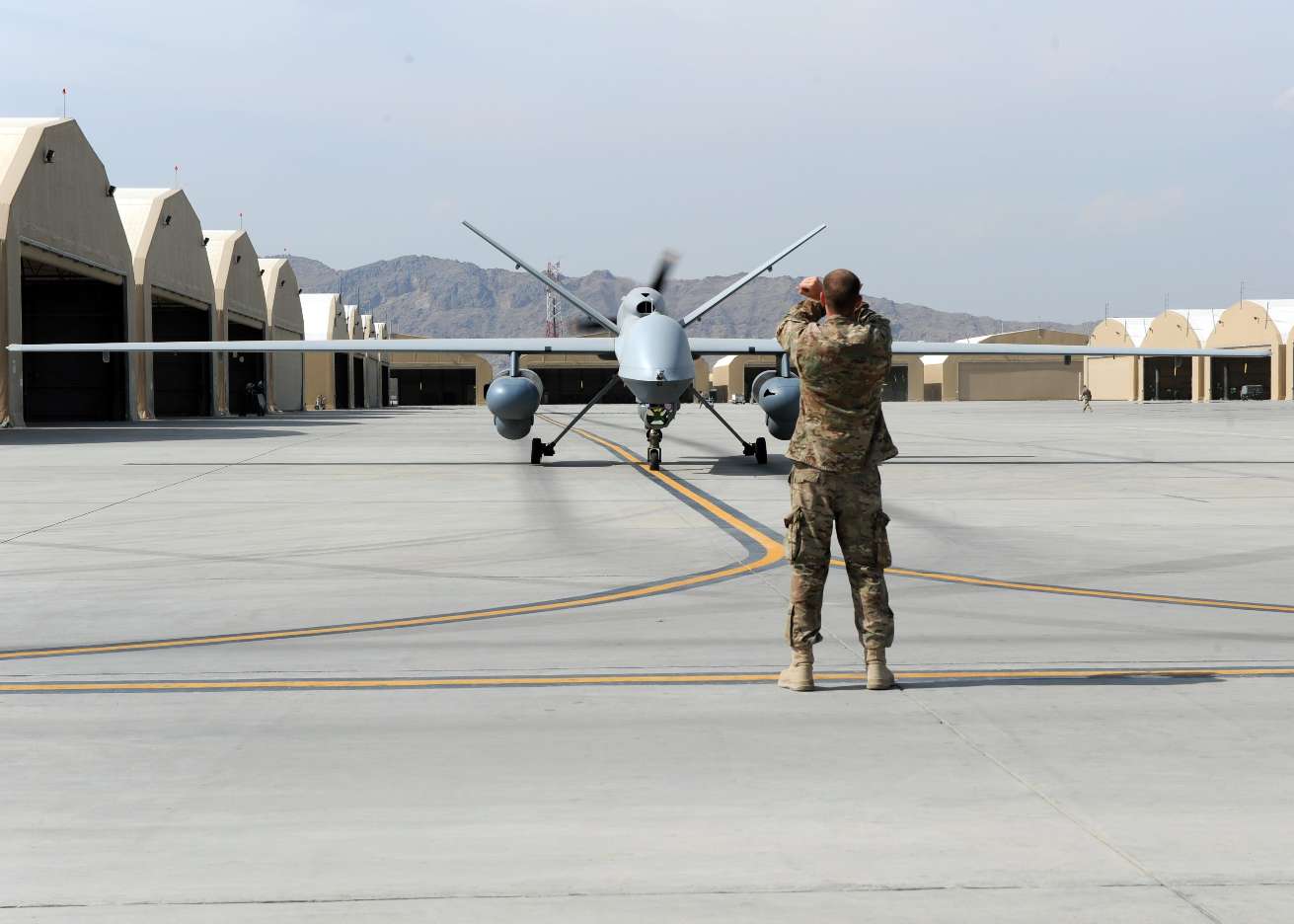A new report by RAND Corporsation says that current U.S. policies on using drones for targeted killing are characterized by ambiguities in interpretations of international law and too many generalities, despite recent efforts by the Obama administration to clarify the policies.
The report – “Clarifying the Rules for Targeted Killing: An Analytical Framework for Policies Involving Long-range Armed Drones” – outlines a framework for designing an approach that it claims would provide greater clarity, specificity and consistency in U.S. international legal policies involving the use of long-range armed drones in targeted killing.
For purposes of illustration, the report defines three policy approaches, with clear differences in their emphasis on flexibility or restrictions in the use of long-range armed drones in targeted killing.
“Policymakers in the United States and other countries need to define an overall approach to targeted killing using long-range armed drones that protects civilians and human rights, while also allowing reasonable latitude in the fight against terrorism,” said Lynn Davis, the study's lead author.
The report's proposed framework for a new drone policy is built on critical elements of international law related to the use of drones, and incorporates alternative legal policy interpretations drawn from administration officials as well as those critical of U.S. policies.
According to the report, the Obama administration's reluctance to pursue international norms has created an environment where countries could employ long-range armed drones in ways that could harm U.S. interests by exacerbating regional tensions and violating human rights.

